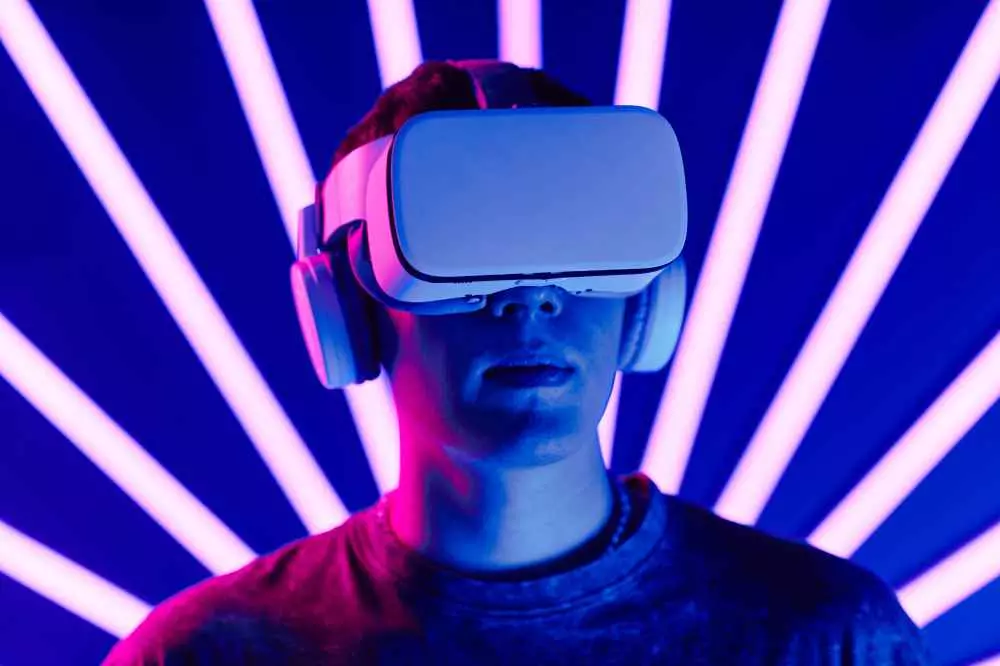Virtual Spaces: How Do We Create Experiences?
Introduction to Virtual Spaces
In recent years, VR (virtual reality) technology has been gaining ground, becoming more and more present in various areas of life. From computer games to education, it has made it possible to create virtual spaces that engage users in ways that seemed unattainable just a few years ago. In this article, we'll take a look at how virtual environments are designed and their applications in everyday life.
How do virtual spaces work?
The basis of how virtual spaces work is technology that combines images, sounds and interactions into a single, cohesive experience. Users have the opportunity to immerse themselves in another world, allowing interactive exploration and learning.
Creating such an environment requires advanced 3D modeling and computer graphics tools and programs. These are what make it possible to reproduce real spaces or completely fictional worlds that are both functional and aesthetically pleasing.
The process of designing virtual experiences
Designing virtual spaces is a process that involves several key steps. It begins with an analysis of user needs to understand what experiences are most important to them. Then, the design and development team proceeds to prototype and test various solutions.
Also key in this process is the use of technologies such as augmented reality (AR) and virtual reality (VR) to create even more immersive experiences. They allow not only visualization, but also interaction with the environment, which significantly increases the quality and attractiveness of virtual spaces.
Applications of virtual spaces
Virtual spaces have applications in many fields, and their potential is still being discovered. Here are some key areas where the technology is having a significant impact:
Education: Virtual classrooms and simulations allow students to learn using interactive tools, which in turn can lead to better learning.Medicina: Training doctors using virtual reality simulations of surgeries is becoming more common, offsetting the risks during actual procedures.Entertainment: Games and movies in VR provide an unforgettable experience, making users feel like participants in a game or storyline.Architecture and interior design: The ability to visualize projects in 3D allows for better planning and changes without the need for costly revisions.Benefits of using virtual spaces
The benefits of virtual experiences are numerous. First of all, users can interact with their surroundings and objects, providing a more intense experience than traditional methods of learning or playing. Besides, with virtual spaces, it is possible to reduce costs and risks in various industries, which translates into savings in the long run.
The ability to customize virtual experiences is also becoming a key asset, making it possible for everyone to tailor their sessions to their preferences and expectations.
The future of virtual spaces
Looking ahead, virtual spaces are expected to grow at an unprecedented rate. The development of artificial intelligence and 5G technology will make interactions in virtual environments even more realistic and responsive, opening up new horizons for designers and users.
As technology becomes more accessible to ordinary users, virtual experiences could become an everyday reality. It is worth keeping an eye on this growing trend, which is already changing our perception of reality.
Summary
Virtual spaces are a fascinating area that is gaining importance in many areas of life. Thanks to the development of VR and AR technologies, they are becoming more engaging and interactive.
As the technology continues to evolve, we can expect virtual experiences to become an integral part of our daily lives. It's worth investing time in learning about and developing skills related to this direction to realize its full potential.
Add comment